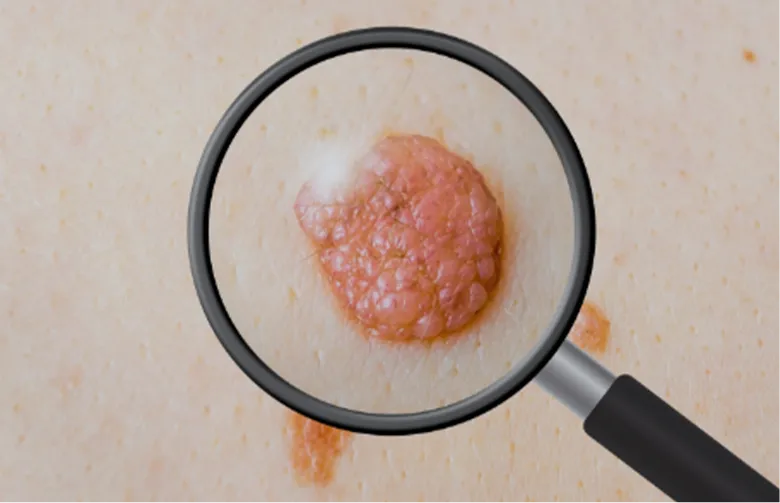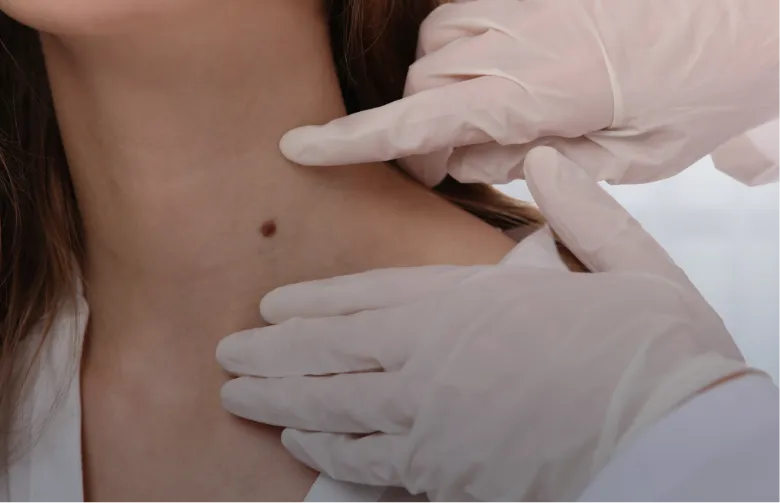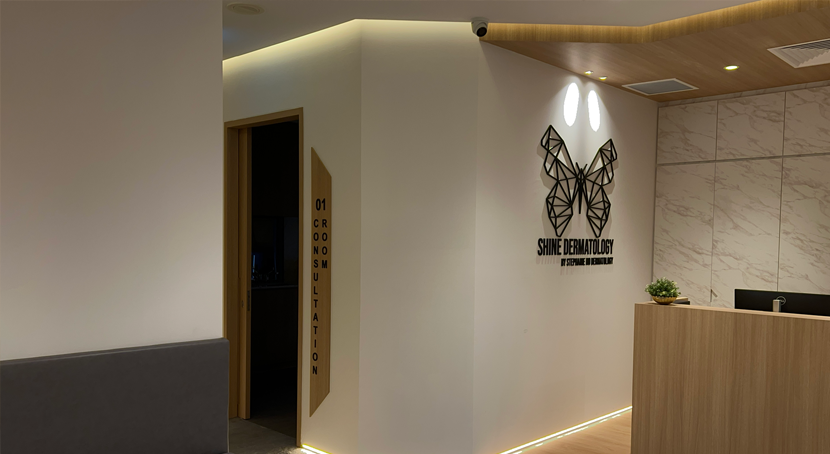5 Things You Wish You Knew About Hair Loss and Scalp Treatment
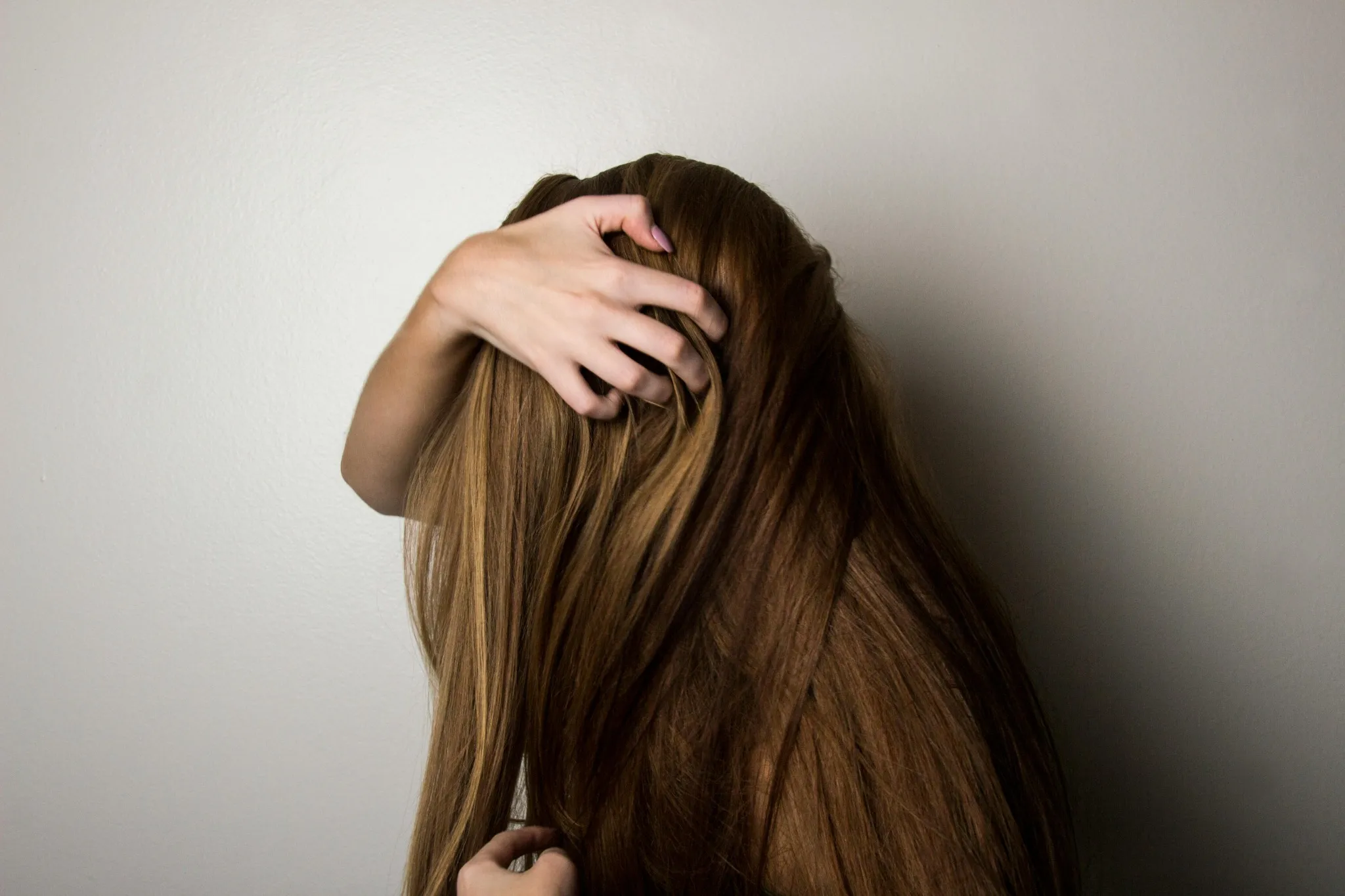
Hair today, gone tomorrow? For those noticing more strands than usual collecting in their hairbrush or circling the shower drain, hair loss can be a distressing development. But don't panic - there are some fascinating facts about this common condition that you may not know. Beyond the basics, there are surprising things about hair loss that provide reassurance and hope.
Hair loss is a common concern among Singaporeans as well. The humid climate can lead to issues like folliculitis and excessive oil production that may worsen hair loss. Tight hairstyles like ponytails and buns that pull on the scalp are another culprit. Stress and busy lifestyles also contribute to more Singaporeans experiencing premature thinning or balding. With Singapore’s ageing population, androgenic alopecia and other age-related hair loss is on the rise. But the good news is that early intervention can help Singaporeans regrow hair before significant loss occurs. Seeing a dermatologist at the first signs of thinning provides the best results, as customised treatments can be started before it’s too late.
So before you get overwhelmed by frightening assumptions or misinformation, take a deep breath. Many people battle thinning hair during their lives. You're not alone, and solutions are available. Let's delve into 5 intriguing things about hair loss that go beyond the obvious. Read on to learn some "hair raising" truths that just might change your outlook.
1. Hair Loss is More Common in Men
What you didn’t know about male pattern baldness. Hair loss is extremely common among men these days. It affects approximately 7 in 10 men and male pattern baldness accounts for more than 95% of the hair loss population. According to the American Hair Loss Association, by the age of 50, about 85% of men will have significantly thinning hair.
The process starts subtly, as hair at the temples and forehead hairline begins receding into an M-shape. Eventually, it progresses to a bald spot on top, leaving just a U-shaped ring of hair around the sides and back. This pattern of progressive thinning is classified by the Norwood Hamilton Scale.
Blame it on genetics and hormones. Male pattern baldness depends on inheriting certain hair loss genes from your father or paternal uncles. These genes make hair follicles vulnerable to dihydrotestosterone (DHT), a hormone converted from testosterone.
DHT triggers follicles to shrink on the scalp over time. Hair strands become thinner and fall out more easily until follicles completely stop producing new growth. This hormonal interplay explains why even men in their 20s with no family history are experiencing premature hair loss.
While hair loss treatments exist, early intervention provides the best chance of regrowing a full head of hair. At the first sign of thinning up top, see a specialist for medical therapies to stop DHT's follicle-damaging effects and revive your receding hairline. At Shine Dermatology, we provide treatments like Regenera Activa that helps to treat androgenetic alopecia and other forms of hair loss.
2. Hair Goes Through Growth Cycles
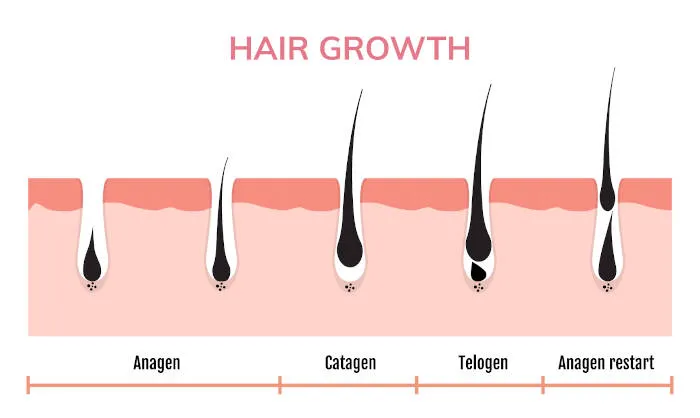
Your hair is always in different phases of the growth cycle. At any given time, about 90% of your hair is in the growing anagen phase, which lasts 2 to 8 years.
The catagen phase is a transition phase that lasts for about 2 weeks, during which hair growth stops. Only 1 to 3% of your hair is in the catagen phase at any given time.
The telogen phase is a resting phase that lasts for about 3 months, during which hair detaches from the scalp and eventually falls out. About 10 to 15% of your hair is in the telogen phase at any given time.
Fun Fact: Your natural hair length is longer than you think! The 150,000 follicles on your scalp can produce over 1 million hairs in a lifetime. Laid end to end, your total hair length would span 1000 kilometres - long enough to stretch from Singapore all the way to Tokyo!
3. Hair Loss Has Many Causes
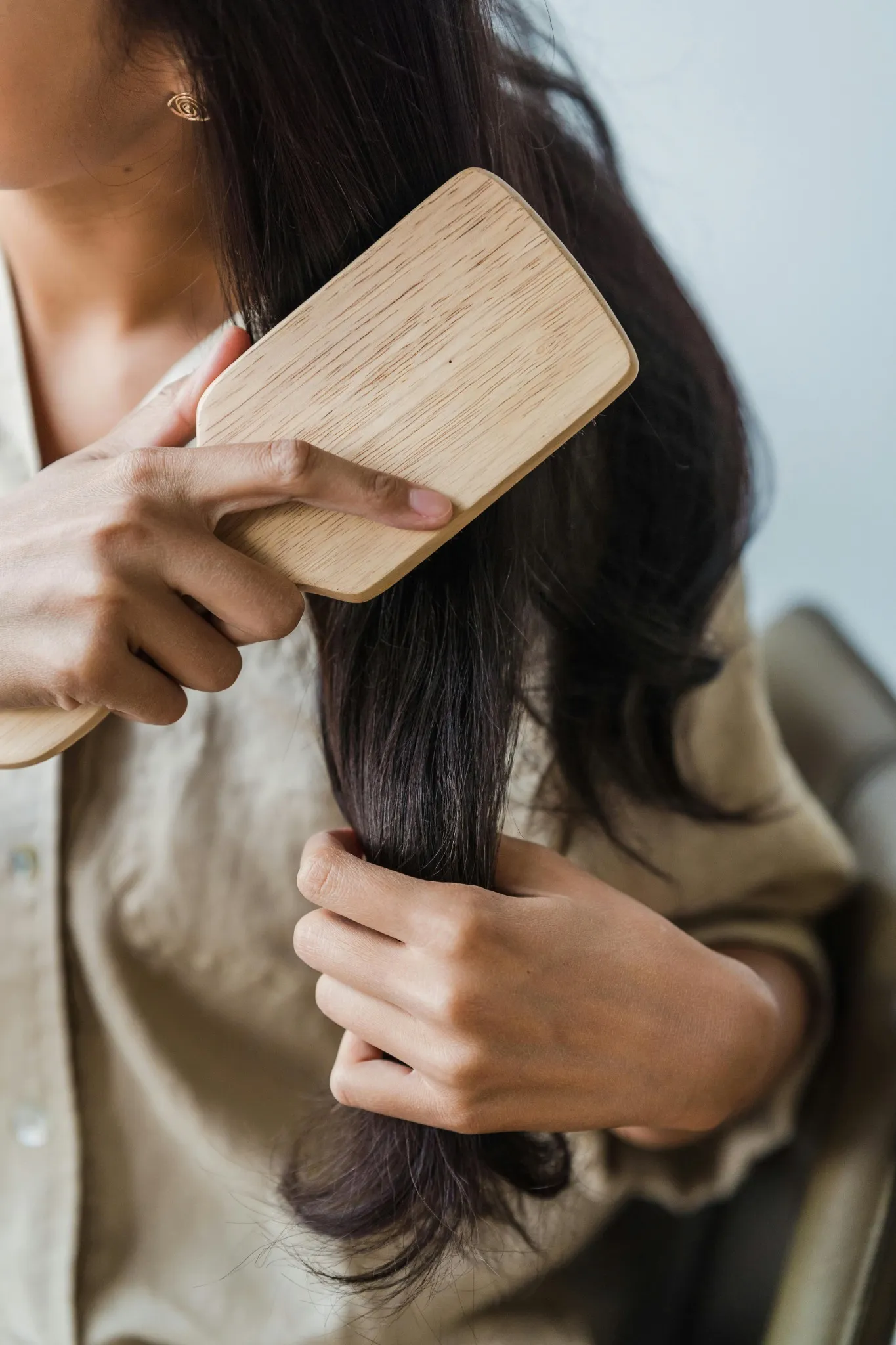
There are numerous possibilities for both temporary and permanent hair loss.
Temporary hair loss: Physical and emotional stress, childbirth, nutritional deficiencies, and medical conditions like hypothyroidism can all cause temporary hair loss. The hair typically grows back within a few months to a year after the underlying cause is addressed.
Permanent hair loss: Androgenic alopecia (also known as male pattern baldness or female pattern baldness) and alopecia areata are two of the most common causes of permanent hair loss. Androgenic alopecia is caused by a combination of genetics and hormones, and it typically begins to develop in men after puberty and in women after menopause. Alopecia areata is an autoimmune disorder that causes the body to attack its own hair follicles.
Other causes of hair loss: Medications like chemotherapy, autoimmune disorders, hormonal changes, and hairstyles that pull on the scalp can all cause hair loss. Hair loss caused by medications is typically temporary and the hair grows back after the medication is discontinued. Hair loss caused by autoimmune disorders or hormonal changes can be either temporary or permanent. Hair loss caused by hairstyles that pull on the scalp can be permanent if the hairstyles are continued for a long period of time.
4. New Growth is Possible
Depending on the cause, new hair growth may indeed be possible.
During the anagen phase, hair can grow back normally after temporary hair loss. Ensuring overall scalp health supports the regrowth process.
For permanent hair loss, modern treatments can encourage new growth. Minoxidil, finasteride and low-level laser devices have shown good results, especially when treating early-stage thinning.
Hair transplants are another proven option, redistributing hair from fuller scalp areas to cover bald patches. Recovery takes several months as new follicles establish blood supply.
At Shine Dermatology, we focus on treating hair loss with two of our powerhouse treatments:
Regenera Activa and Scalp Microneedling.
- Regenera Activa uses the patient's own tissue to promote hair growth.
- Scalp Microneedling creates tiny punctures in the scalp to stimulate the body's natural healing response and promote hair growth.
Both treatments are generally well-tolerated and require little to no downtime.
5. Stress Can Accelerate Hair Loss

While stress alone doesn’t cause baldness, it can hasten genetic hair loss conditions.
Stress impacts hair growth through several interrelated mechanisms. First, it disrupts hormone balances. Stress increases androgens like testosterone while decreasing estrogens. This alters the hair cycle, pushing more hair follicles into the shedding phase prematurely.
Second, stress depletes vital nutrients like zinc that hair needs to grow strong. It also increases cortisol, which interferes with other hair growth hormones.
Finally, stress causes inflammation and an imbalance called oxidative stress inside hair follicles. Oxidative stress happens when unstable molecules called free radicals build up and damage follicles.
The combination of hormone disruption, nutrient depletion, inflammation, and free radical damage adds up to a perfect storm that weakens follicles and accelerates hair loss.
Managing stress and anxiety is crucial. Activities like yoga, mindfulness, and therapy can offset the scalp and hair- loss effects of stress.
Don’t Delay Treatment
Early intervention gives the best chance of reversing hair loss before it progresses to advanced baldness. The sooner you start treatments, the more hair you’ll be able to recover.
If you notice your hairline receding or hair rapidly falling out, see a dermatologist right away. They can determine the cause and customise a treatment regimen for your unique hair situation.
Consistency and patience are important, as measurable results can take 3-6 months. Avoid desperate measures like wig coverage, which only hides the underlying issue.
With today’s safe, effective options like laser devices, medications, Regenera Activa or microneedling regimen, treating hair loss in the early stages leads to successful regrowth in most cases. Don’t wait until you’ve already lost most of your hair to take action.
Preventive Care for Hair and Scalp
While you can’t always prevent genetics from triggering hair loss, good hair care habits help hinder the progression.
- Use a mild shampoo and limit washing to 2-3 times a week.
- Let hair air dry instead of using hot blow dryers.
- Avoid tight hairstyles that pull on the scalp.
- Eat a balanced, nutritious diet.
- Reduce stress through meditation, yoga or therapy.
- Limit use of damaging chemicals like dyes, bleach and perms.
Be gentle when brushing and washing fragile hair. A boar bristle brush stimulates blood flow to the scalp. Massaging oils into the scalp can also improve circulation.
See a Specialist for Customised Scalp Treatments
Don’t attempt DIY treatments at home. See a respected hair restoration specialist for a customised Regenera Activa or microneedling regimen tailored to your degree of hair loss. With many scalp treatments in Singapore, Shine dermatology also offers effective treatment for your hair loss problems.
When performed by an experienced professional, these innovative treatments offer excellent hair regrowth with minimal adverse effects. The key is consulting a specialist early on for preventive care before alopecia worsens.
With close monitoring and personalised treatments focused on reviving your scalp, you can get ahead of hair loss before it severely impacts your appearance and self-esteem. Contact us today to learn more about Regenera Activa and Scalp Microneedling.
Sources:
- https://shinedermatology.com.sg/treatments/scalp-treatments
- https://www.straitstimes.com/singapore/health/hair-loss-and-your-hormones
- https://www.ncbi.nlm.nih.gov/pmc/articles/PMC2929555/#:~:text=Alternatively%2C%20keratinocytes%20themselves%20may%20respond,isolated%20hair%20follicles%20in%20culture
